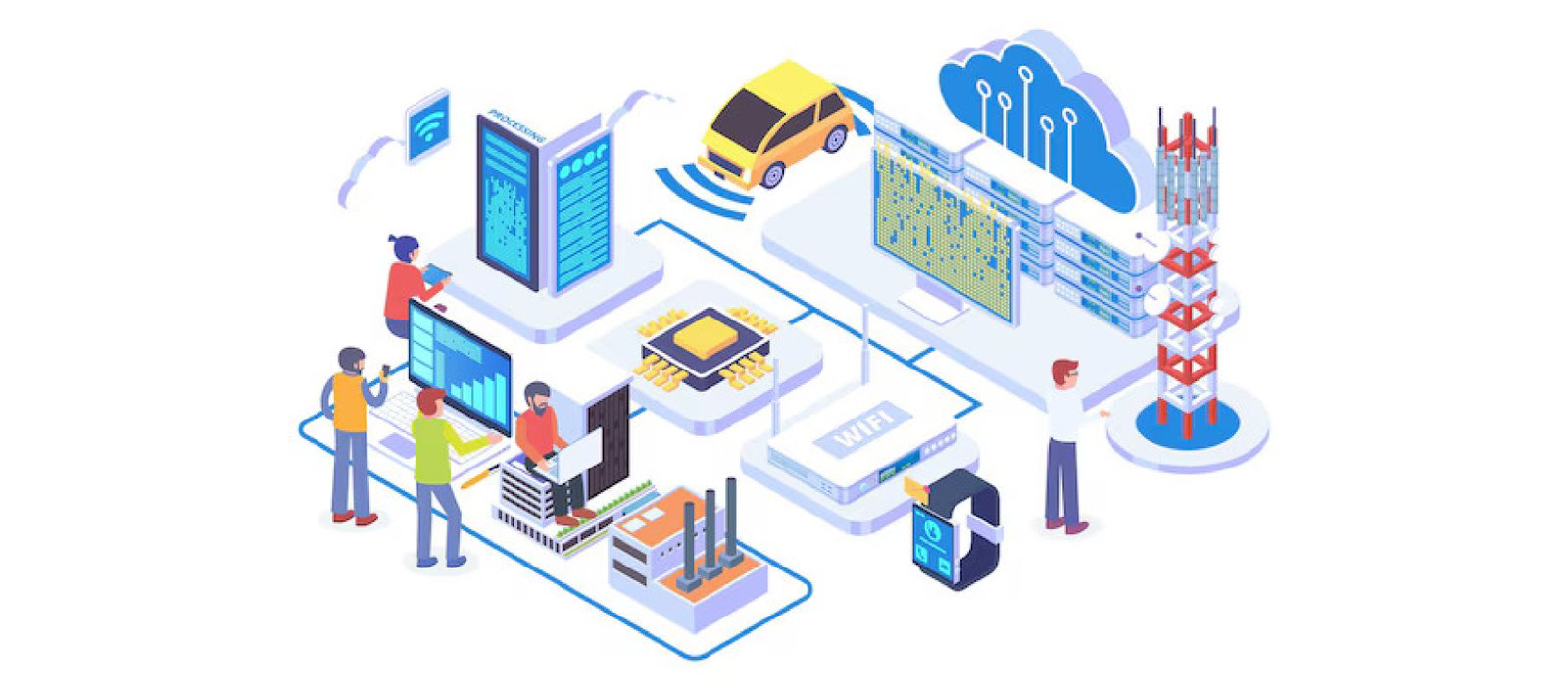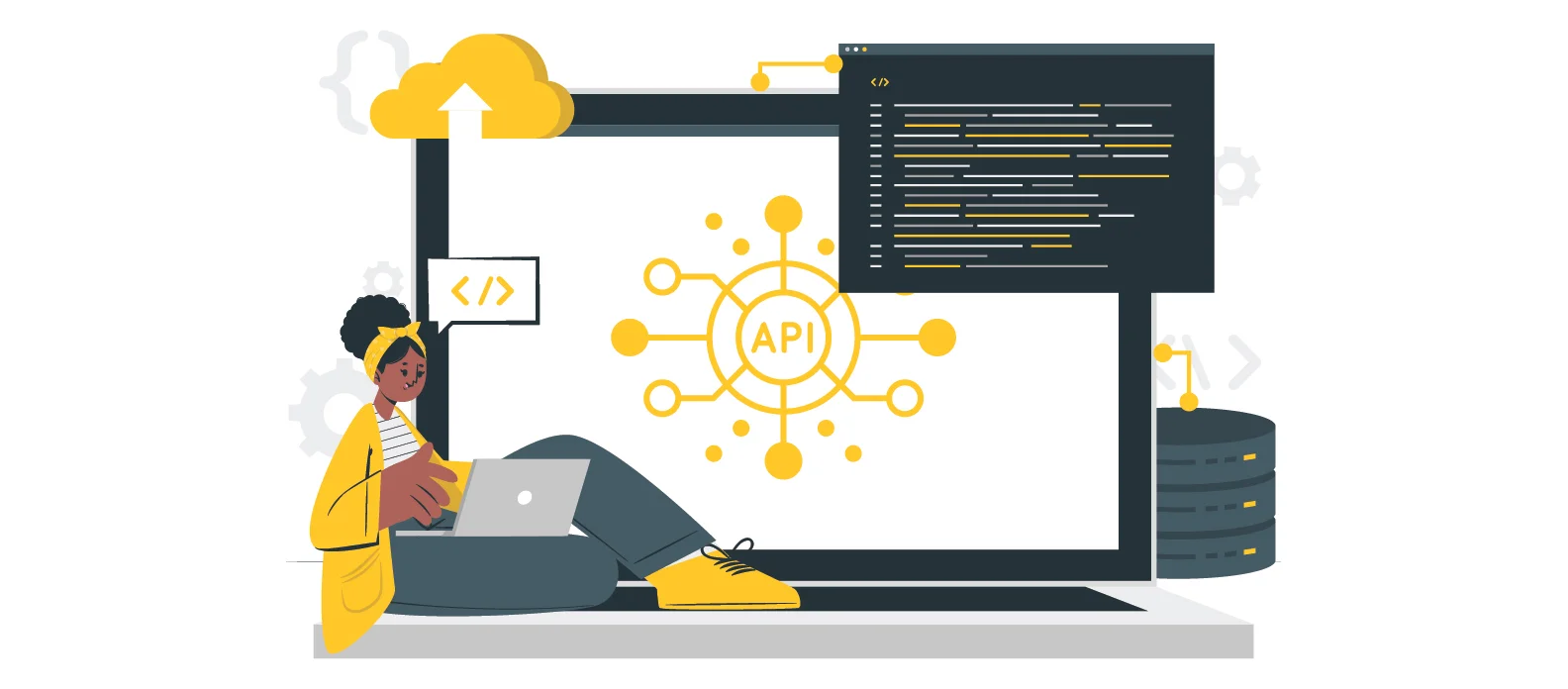
Edge Computing: Transforming IoT with Real-Time Data Processing and Enhanced Efficiency
Edge computing is revolutionizing the Internet of Things (IoT) by bringing data processing closer to the source, enabling real-time analysis, enhanced performance, and reduced latency. This blog explores the significance of edge computing in IoT, discussing its benefits such as lower bandwidth usage, faster response times, and increased reliability. We delve into practical applications across various sectors, including smart cities, industrial automation, healthcare, and autonomous vehicles. Additionally, we address the challenges and considerations in implementing edge computing, such as security, scalability, and integration with existing infrastructure. Looking ahead, we examine future trends and innovations that will drive the adoption and evolution of edge computing in IoT. Whether you are an IoT developer, business leader, or tech enthusiast, this blog provides valuable insights into how edge computing is transforming the IoT landscape and unlocking new opportunities for connected devices and systems.
As the Internet of Things (IoT) continues to expand, edge computing emerges as a pivotal technology, addressing the challenges of latency, bandwidth, and real-time data processing. This blog explores the rise of edge computing in IoT, highlighting its benefits, applications, and impact on various industries. Discover how edge computing enables faster data analysis, improved performance, and reduced network congestion, and learn about the future trends shaping this innovative technology. Join us as we delve into the convergence of IoT and edge computing, unlocking new possibilities for smart devices and connected ecosystems.
Introduction to Edge Computing in IoT The Internet of Things (IoT) connects billions of devices worldwide, generating vast amounts of data. Traditional cloud computing models often struggle with the latency and bandwidth demands of processing this data. Edge computing addresses these challenges by bringing data processing closer to the source—at the edge of the network. This approach enables real-time data analysis, reduces latency, and minimizes bandwidth usage. This blog explores how edge computing is transforming IoT, the benefits it offers, and its impact on various industries.
Benefits of Edge Computing Edge computing provides numerous advantages for IoT applications. By processing data locally, it significantly reduces latency, enabling real-time decision-making essential for applications like autonomous vehicles and industrial automation. Lower bandwidth usage results in cost savings and more efficient network performance. Edge computing also enhances data security and privacy, as sensitive information can be processed locally without needing to transmit it to centralized servers. Additionally, edge computing increases the reliability and resilience of IoT systems by reducing dependence on a constant internet connection.
Applications Across Industries Edge computing is revolutionizing various industries through its innovative applications. In smart cities, edge devices manage traffic systems, monitor environmental conditions, and enhance public safety through real-time data analysis. Industrial automation benefits from edge computing by optimizing production processes, predictive maintenance, and monitoring equipment health. In healthcare, edge computing enables remote patient monitoring, real-time analysis of medical data, and efficient management of health records. Autonomous vehicles rely on edge computing for real-time navigation, obstacle detection, and vehicle-to-everything (V2X) communication, ensuring safe and efficient operation.
Challenges and Considerations Despite its benefits, edge computing presents challenges that must be addressed for successful implementation. Security is a major concern, as edge devices can be vulnerable to cyberattacks and unauthorized access. Ensuring robust security measures and regular updates is crucial. Scalability is another challenge, as managing numerous edge devices requires efficient coordination and maintenance. Integrating edge computing with existing infrastructure and cloud systems demands careful planning and execution to ensure seamless operation and data consistency. Addressing these challenges requires a comprehensive strategy that includes security protocols, scalability plans, and integration frameworks.
Future Trends and Innovations The future of edge computing in IoT is marked by exciting trends and innovations. The integration of artificial intelligence (AI) and machine learning (ML) at the edge will enhance real-time data processing and decision-making capabilities. 5G networks will play a crucial role in expanding the adoption of edge computing by providing faster and more reliable connectivity. Advances in edge hardware, such as more powerful processors and energy-efficient designs, will further improve performance and deployment flexibility. As edge computing continues to evolve, it will unlock new possibilities for IoT applications, driving innovation and transforming how we interact with connected devices and systems.





